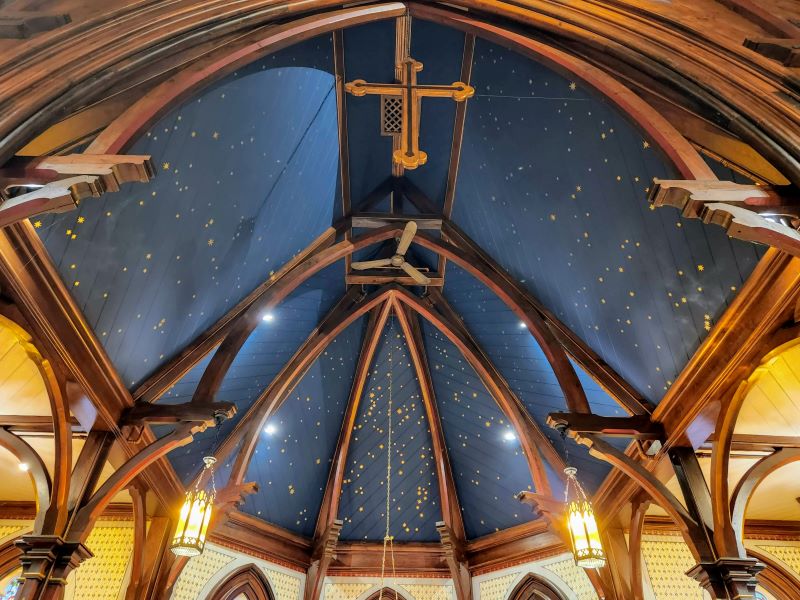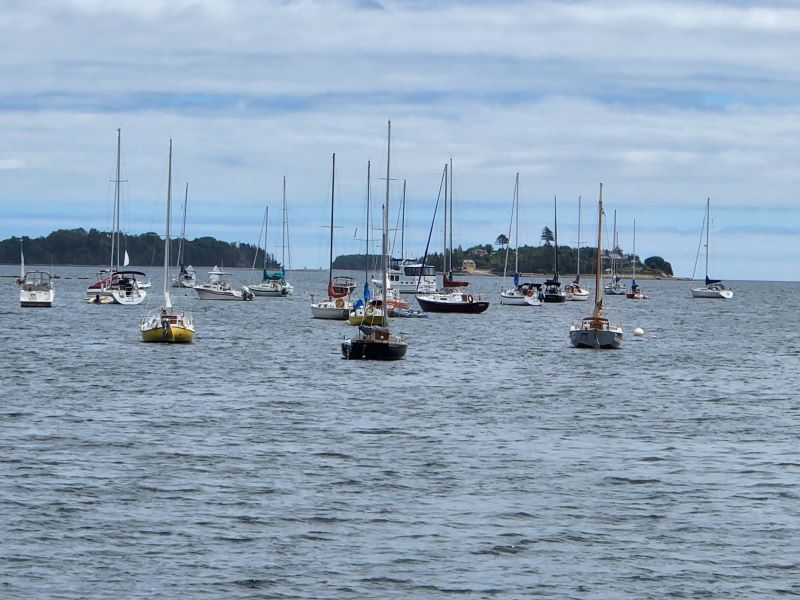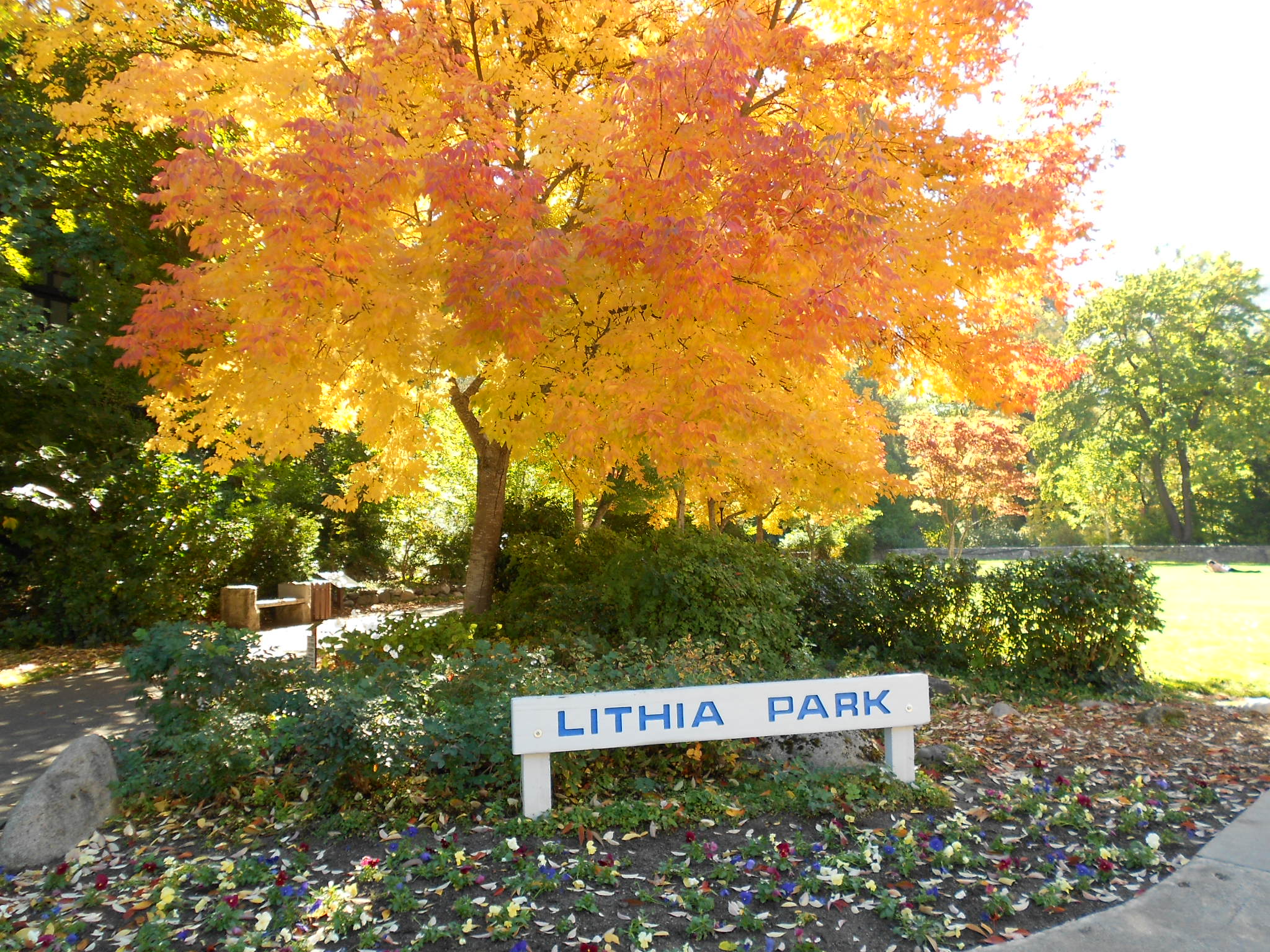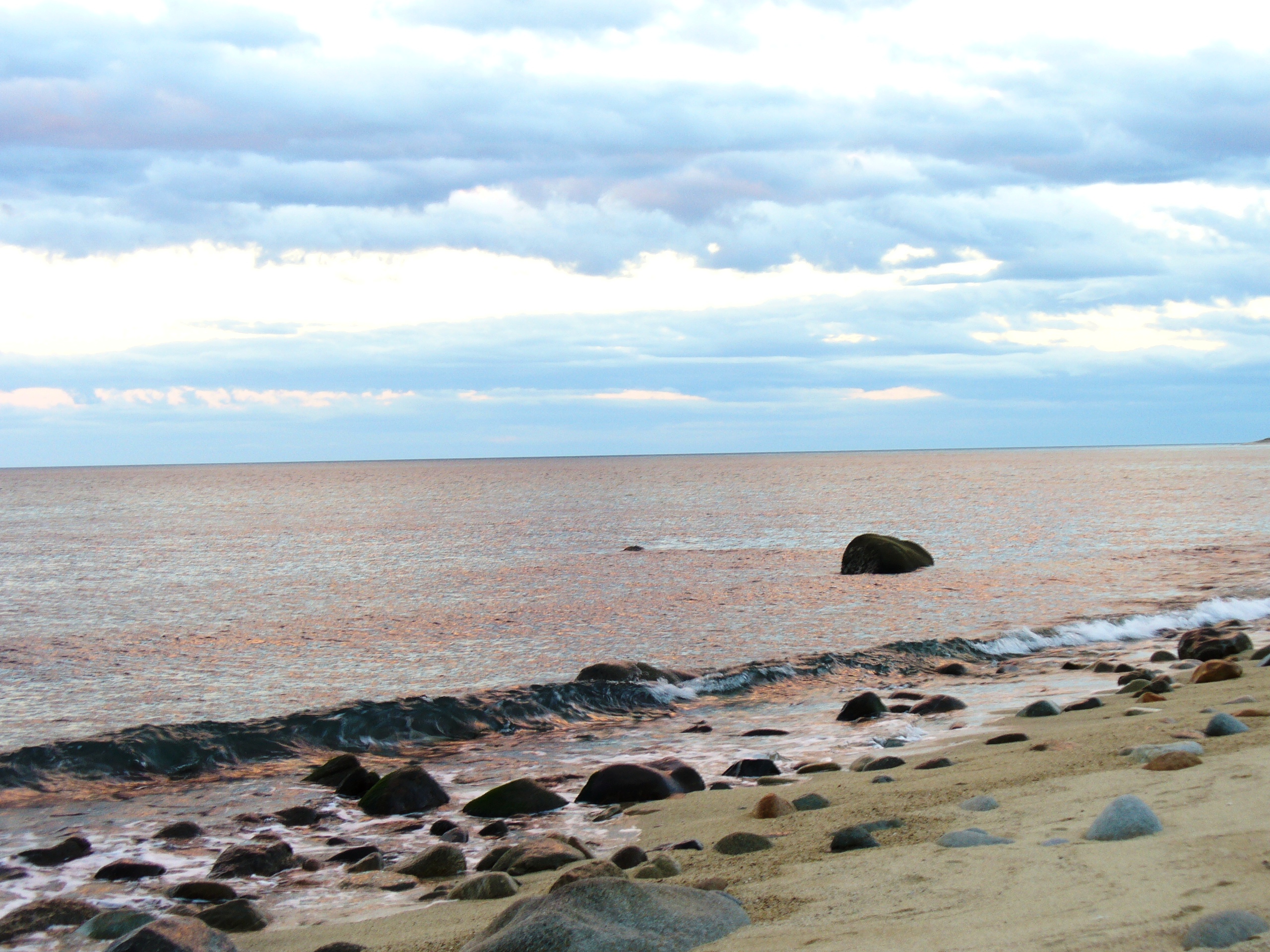
Perseus. Every now and then in our travels we come across a person, place or thing – or a story in this case – that takes hold of us and we feel compelled to share.
The Faith of Being Human
I am not a person of faith in that I do not believe in a deity, but I do tend to believe in the faith of simply being human. The spirituality, if you will, of said person, place or thing. I also believe angels walk among us. No, they don’t have wings or ghostly appearances, they just are who they are. I also emphatically believe in science. It’s good to be diverse, don’t you think?
Inspiration Beckons
When we travel we will almost certainly visit a chapel, church, cathedral, basilica, mosque, etc. if it beckons to us. Because, let’s face it, what better place to find stories of being human. We feel inspired by the art, architecture and history of said churches, etc.

St. John’s Anglican Church
With all of that being said, we recently visited Lunenburg, Nova Scotia and we were beckoned to visit St. John’s Anglican Church of Canada, (a national historic site of Canada) which has been a house of worship since 1753. We were met by a personable, and very knowledgeable, guide. Thank you, Andrew, for not only sharing the history of St. John’s but also for telling us the incredible story of the stars above the altar.
Perseus
Before I tell you the story – and, I’ll be paraphrasing Andrew’s words – let me explain that a fire destroyed most of the church on Halloween night in 2001. The cause of the fire has never been solved. The church was rebuilt in the exact image of the original building, right down to the stars above the altar. If you didn’t know, it would never cross your mind that you weren’t standing in the original church. It is beautiful.



Perseus & The Story in the Stars
Andrew, our guide, asked us to look at the stars above the altar because he wanted to share their story. We did as he asked and we guessed they were in the form of a constellation. Little did we know.
- After the devastating fire, a mother/daughter team of artists was hired to replicate the painted gold stars above the altar. As work progressed the artist, Margaret, began to question the placement of the stars. She thought if they were just randomly placed they would have been more scattered so-to-speak. This was more than random placement, but they were not representative of any constellation she knew. It was at this point she decided to contact Professor David Turner of St. Mary’s University. He too was baffled and also agreed there was more to the story of the stars. Dr. Turner learned the star constellation was that of Perseus. But, he questioned why Perseus would be depicted in the eastern sky. It didn’t fit the night sky in Lunenburg as it would have been seen when the stars were originally painted. (1880’s) Upon further research and with the aide of modern technology, Dr. Turner discovered the constellation of Perseus was painted as it would have been seen, in the night sky above Lunenburg, at sunset on December 25; the year the bible says Christ was born some 2,000 years ago. Until the fire and subsequent rebuilding of the church, no one knew the story of the stars.
A Good Sexton
There is no record of who actually originally painted the stars. It is suspected the artist would most likely have been a sailor with a profound knowledge of the stars, maps and a good sexton. It’s an incredible story, don’t you think? Had it not been for the fire the story of the stars may have never come to light. I encourage you to watch the brief video in which Dr. Turner describes the findings.
Lunenburg
Lunenburg in itself is a destination worthy of everyone’s travels. The historic city center is an UNESCO World Heritage Site. To say Lunenburg is as pretty as a postcard would be a fairly accurate description. It oozes charm and tranquility with so much original architecture, a vibrant waterfront and endless views of sailboats bobbing with the movement of the sea.


If you find yourself in Lunenburg, and really you should, be sure to visit St. John’s Anglican Church of Canada and if you’re lucky, Andrew will tell you the story of Perseus and the stars.













We just got back from our two-month road thrip through Atlantic Canada, and fell in love with so many towns and cities – including Lunenburg. We were lucky enough (the stars were aligned – ha!) to be able to attend, last-minute, a string quartet concert in St. John’s. We learned the story of the Perseus constellation ceiling from a lady who sat next to us, who was a former tour guide and was very familiar with the church. It was fascinating to see how exacting they were in restoring the church to its exact former state! And it’s so very beautiful.
Susan recently posted…Atlantic Canada Roadtrip: Our Highlights
I didn’t realize you were there for two months! That went by fast I imagine as it’s such a beautiful part of Canada. And, I’m glad you were able to visit St. John’s. We just found it to be an incredibly moving little church. On your next trip, be sure to spend more time in Lunenburg as it has so much to offer.
Hello,
You have lovely photos, including the star-filled ceiling of St John’s Anglican Church. However, this and the two other iconic churches next to it, are in Mahone Bay – the village to the north of Lunenburg.
I lived and worked near Halifax for 10 years and know the area well. I hope you had a chance to visit the Maritime Museum of the Atlantic when you visited Lunenburg.
Cheers!
Frederic in Montréal.
Thank you for your feedback. I don’t know about the other two churches, but St. John’s Angelican is in Lunenburg. We spent quite a bit of time speaking with a docent in the church. We have not yet visited Halifax but we look forward to a return to NS.
https://www.stjohnslunenburg.org/
Great story about St. John’s, Patti! Did you know the church was built by shipwright carpenters? We were there in early June and were similarly gobsmacked by the church, the grid layout of Lunenburg based on British colonial design, and the harbor scenes. Just published my own Lunenburg post yesterday coincidentally! Looking forward to see if our travels intersected again.

Annie Berger recently posted…6/3/22: LOVELY Lunenburg – Trash and All!
Gobsmacked is a great word, Annie! We loved Lunenburg so much so that once we arrived, we didn’t go any further other than to nearby Mahone Bay. The story of the stars in St. John’s just moved me and I had to tell the story. I’m looking forward to reading your post and I have a feeling we traveled similar paths. Although, you logged way more miles than we did. 🙂